Zongzi, a traditional Chinese rice dumpling wrapped in bamboo or reed leaves, has become a beloved culinary delight worldwide, especially during the Dragon Boat Festival. Modern convenience has introduced frozen zongzi, allowing enthusiasts to enjoy this treat year-round. However, a common question arises: Is it safe to leave frozen zongzi out overnight, or does this risk spoilage? This article delves into the science of food safety, the intricacies of frozen food storage, and practical guidelines to ensure your zongzi remains both delicious and safe to consume.
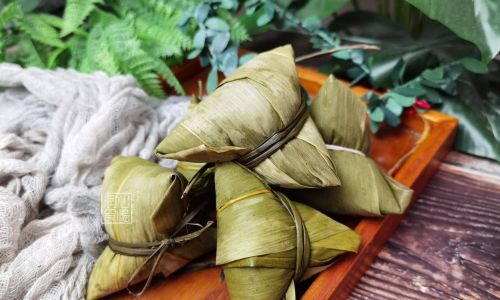
Understanding Frozen Zongzi: Composition and Risks
Zongzi typically consists of glutinous rice, fillings like meat, beans, or dates, and is often seasoned with soy sauce, salt, or spices. When frozen, these ingredients undergo a transformation: water molecules within the rice and fillings form ice crystals, halting microbial activity. However, freezing does not kill bacteria—it merely renders them dormant. Once temperatures rise, these microorganisms can reactivate, leading to potential spoilage or foodborne illnesses.
The primary concern with leaving frozen zongzi overnight is temperature abuse. Bacteria multiply rapidly between 40°F (4°C) and 140°F (60°C), a range dubbed the “danger zone” by food safety experts. If frozen zongzi thaws even partially during an overnight period at room temperature, it may enter this zone, creating an environment conducive to bacterial growth.
The Science of Freezing and Thawing
Freezing inhibits bacterial growth by slowing enzymatic reactions and microbial metabolism. However, the quality of frozen zongzi depends on two factors: storage temperature and packaging. Ideally, frozen zongzi should be stored at 0°F (-18°C) or below. At this temperature, bacterial growth is virtually halted, and chemical reactions that cause rancidity or flavor loss are minimized.
When zongzi is removed from the freezer, thawing begins. The rate of thawing depends on ambient conditions. Leaving it overnight at room temperature (around 68–72°F/20–22°C) accelerates thawing, increasing the risk of bacterial proliferation. Even if the exterior remains frozen, the interior may reach unsafe temperatures.
Risks of Overnight Thawing
- Bacterial Growth: Pathogens like Staphylococcus aureus, Bacillus cereus, and Salmonella can survive freezing. If zongzi thaws partially, these bacteria may produce toxins that cause vomiting, diarrhea, or fever.
- Quality Degradation: Prolonged exposure to fluctuating temperatures can cause moisture loss, leading to dry, crumbly rice. Freezer burn—caused by dehydration during improper storage—may also worsen, resulting in a stale texture and off-flavors.
- Cross-Contamination: If thawed zongzi is placed near other foods, bacteria from raw meat, vegetables, or surfaces could contaminate it.
Safe Thawing Methods for Frozen Zongzi
To minimize risks, follow these USDA-approved thawing techniques:
-
Refrigerator Thawing
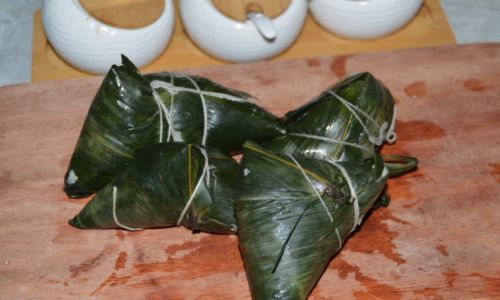
- Place frozen zongzi in a sealed container or plastic bag to prevent moisture loss.
- Thaw in the refrigerator (40°F/4°C or below) for 12–24 hours, depending on size.
- Advantage: Slow, even thawing maintains safety and quality.
- Drawback: Requires advance planning.
-
Cold Water Thawing
- Submerge sealed zongzi in cold water, changing the water every 30 minutes.
- Thawing time: 2–3 hours for small batches.
- Advantage: Faster than refrigeration.
- Drawback: Requires constant monitoring to prevent water from warming.
-
Microwave Thawing
- Use the “defrost” setting and cook immediately after thawing.
- Advantage: Quickest method.
- Drawback: Uneven heating may create hotspots where bacteria survive.
Never thaw zongzi at room temperature overnight. This practice is unsafe and compromises both taste and safety.
Refreezing Thawed Zongzi: Is It Safe?
Once zongzi has thawed, refreezing is generally discouraged. Thawing and refreezing disrupt food cells, causing moisture loss and texture deterioration. More critically, bacterial growth during the initial thaw may not be reversed by refreezing. If you must refreeze, ensure the zongzi was thawed safely (e.g., in the refrigerator) and cook it thoroughly before serving.
Signs of Spoiled Zongzi
Even if stored correctly, zongzi can spoil. Look for:
- Off-odors: Sour, fermented, or ammonia-like smells.
- Discoloration: Grayish hues, mold, or excessive freezer burn.
- Texture Changes: Mushy rice, hardened fillings, or excessive moisture.
- Unusual Bubbles: Air pockets or liquid leakage from the packaging.
Cooking Frozen Zongzi Safely
Cooking frozen zongzi without thawing is possible and often recommended. Steaming or boiling from frozen ensures even heating, killing any dormant bacteria. Follow these steps:

- Boiling: Submerge frozen zongzi in boiling water for 20–30 minutes.
- Steaming: Steam for 25–35 minutes over medium heat.
- Microwaving: Puncture the packaging and heat on high for 3–5 minutes per piece.
Always verify the internal temperature reaches 165°F (74°C) using a food thermometer.
Long-Term Storage Tips
To extend zongzi’s shelf life:
- Vacuum-Seal: Remove air to prevent freezer burn.
- Wrap Tightly: Use freezer-safe plastic or aluminum foil.
- Label and Date: Consume within 3–6 months for optimal quality.
Common Myths About Frozen Zongzi
- “Freezing Kills All Bacteria”: False. Freezing only suspends bacterial activity.
- “Thawed Food Is Safe If It Still Feels Cold”: Incorrect. Bacteria can multiply below 40°F (4°C).
- “Refreezing Is Harmless”: Misleading. Refreezing degrades quality and may not eliminate bacteria.
Cultural and Practical Considerations
Zongzi’s cultural significance often involves large-batch preparation. To manage leftovers:
- Portion Control: Freeze individual zongzi to avoid repeated thawing.
- Label by Date: Use masking tape and a marker to track storage time.
- Repurpose Leftovers: Fry thawed zongzi into crispy pancakes or add to soups.
Conclusion
Leaving frozen zongzi out overnight is a risky practice that jeopardizes both safety and flavor. By adhering to proper thawing methods, monitoring storage conditions, and cooking thoroughly, you can enjoy this traditional treat without concern. Remember: food safety is not merely a set of rules but a commitment to preserving health and heritage. Whether you’re celebrating a festival or savoring a snack, a little diligence ensures your zongzi remains a delight, not a danger.
Final Tip: When in doubt, follow the adage, “When it doubt, throw it out.” Your taste buds—and your gut—will thank you.
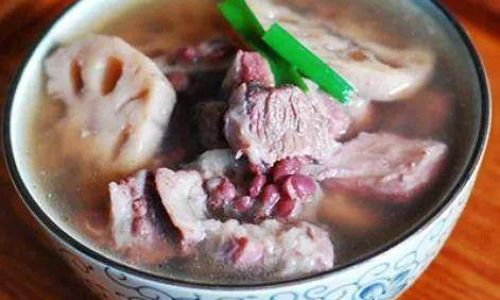
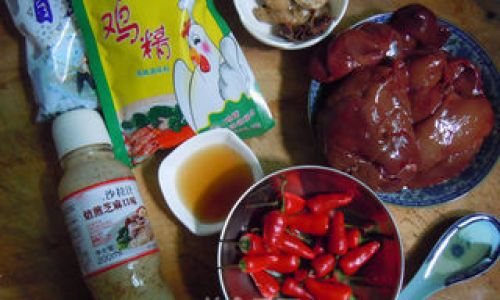
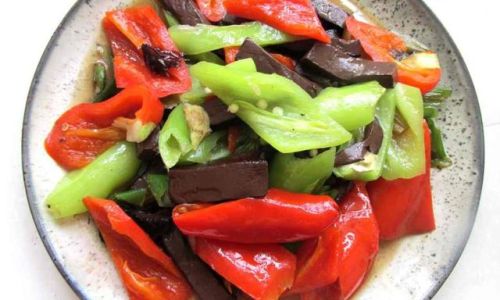


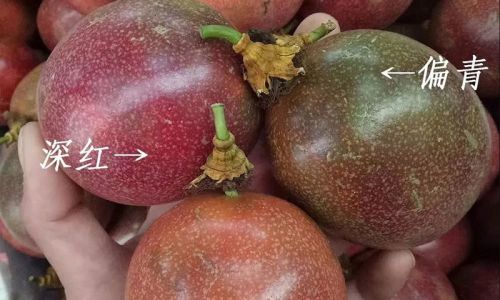
0 comments